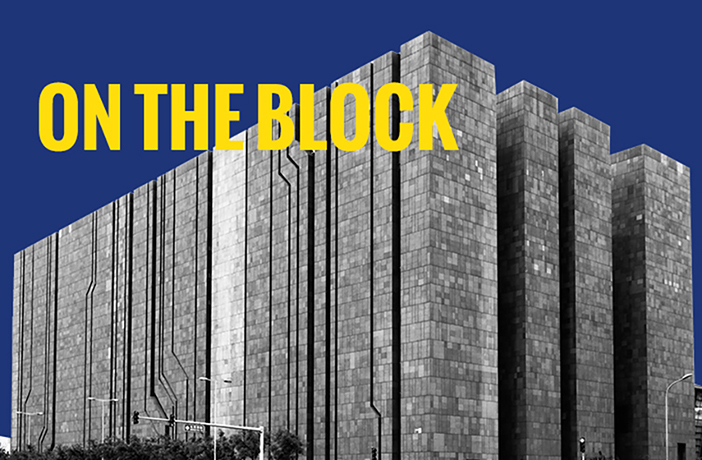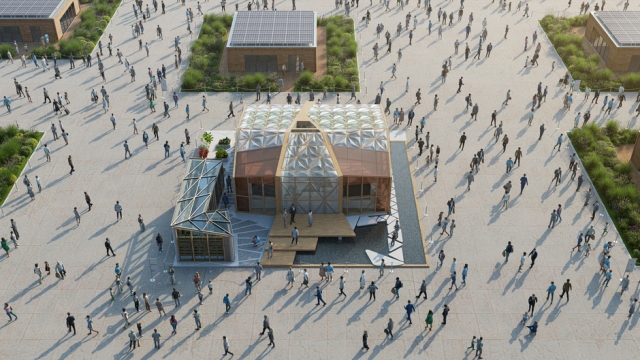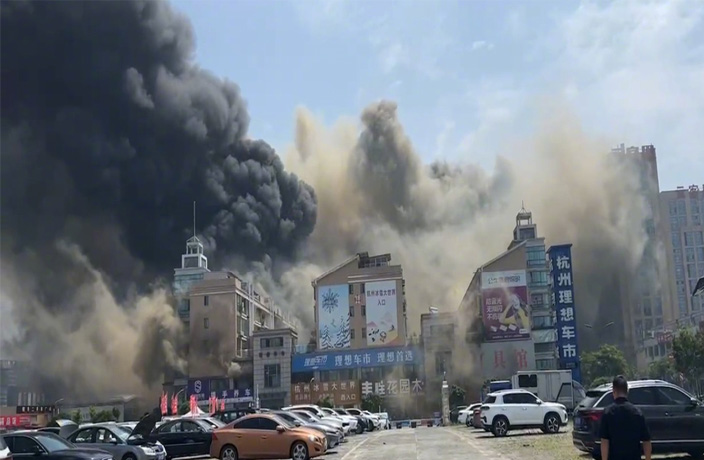Urban planning guidelines forbid the construction of “bizarre” and “odd-shaped” buildings that are devoid of character or cultural heritage. On the Block is a monthly series where we gather opinions on some of the unusual architecture that remains, from both a design and civilian viewpoint.
Digital Beijing, Olympic Green
The Building
In an area overflowing with ‘weird’ architecture, one might unintentionally overlook Digital Beijing altogether. Yet despite the 57-meter-high building’s lack of ostentation, especially compared with its neighbors (ahem, Pangu ‘Dragon’ Plaza), it’s anything but boring. Completed in 2007 by Studio Pei-Zhu, Digital Beijing was used as a control and data center during the 2008 Olympics but it now serves as a museum and exhibition space. The building is made up of four concrete blocks of varying thickness, which, although connected via bridges, appear as separate buildings from different vantages. Its design is inspired by digital technology, with the northern and southern sides of the building resembling barcodes, while the other two sides look like an integrated circuit board. This similitude is even more striking at night, when the ‘circuits’ are lit up.
The Residents’ View
Dropping us off outside Digital Beijing, our taxi driver praises it as “really great.” We meet Wang, 20, waiting for a bus nearby. Her first impression of the building is that it’s “clean and comfortable.” But security worker Tang, 20, whose booth sits opposite Digital Beijing, is less impressed. “It’s OK but I think Pangu Plaza looks better – it’s more magnificent. I prefer that kind of style.”
The Architect’s View
Architect at Vanished Office, Zhang Jiahe, explains: “Digital Beijing Building fulfilled data collection [and] information processing functions during the Beijing Olympic Games. Appearance-wise, it looks like a processor inserted into the heart of the city. It represents the importance of maintaining efficiency in an information society.”
But there are consequences, Zhang says. “At the moment, the city has faded into the background – becoming merely a motherboard for processing the huge volumes of information that passes through human society.” Zhang concludes: “It aims to inspire feelings of a ‘technology city’ but in doing so, it lacks any affinity, as its appearance remains cold and efficient.”






















0 User Comments